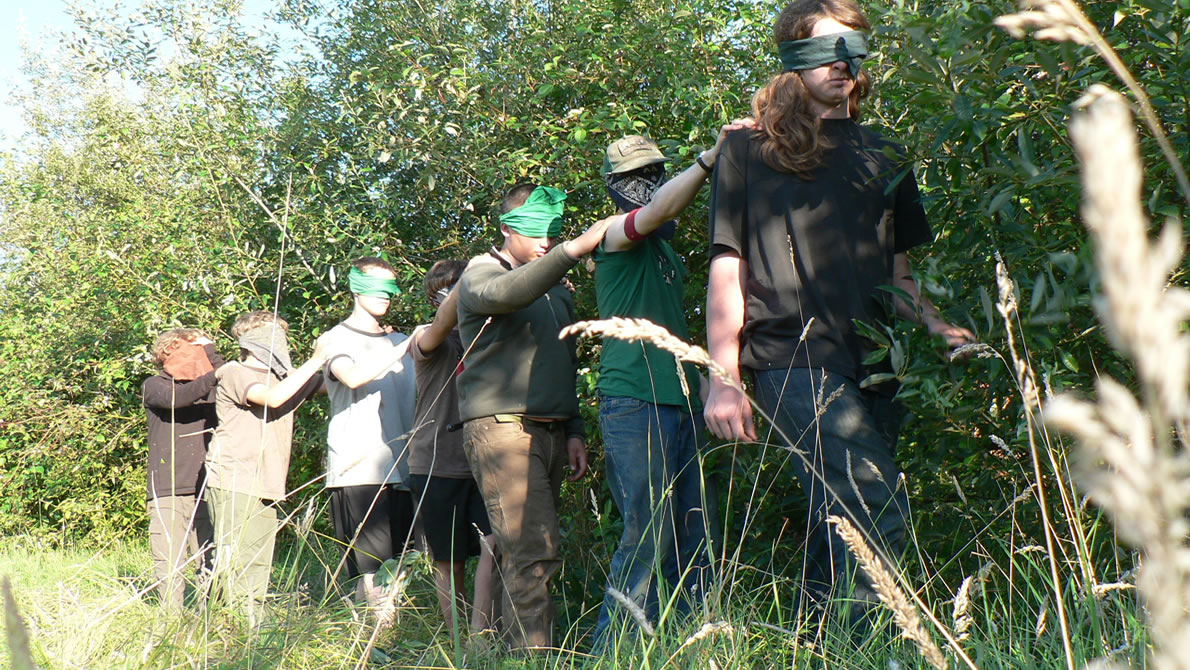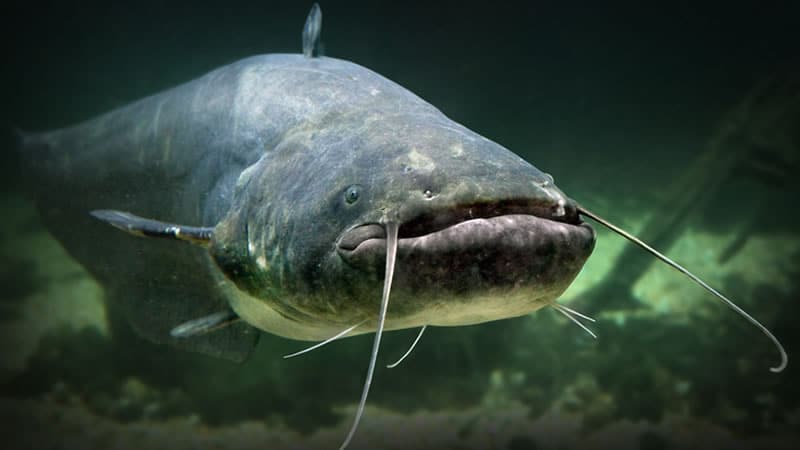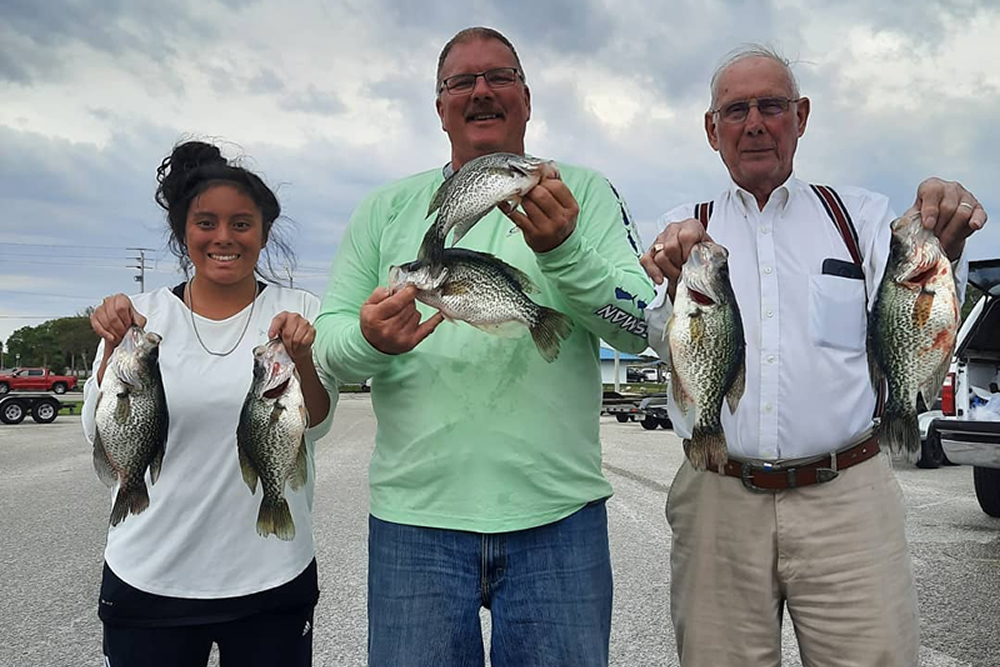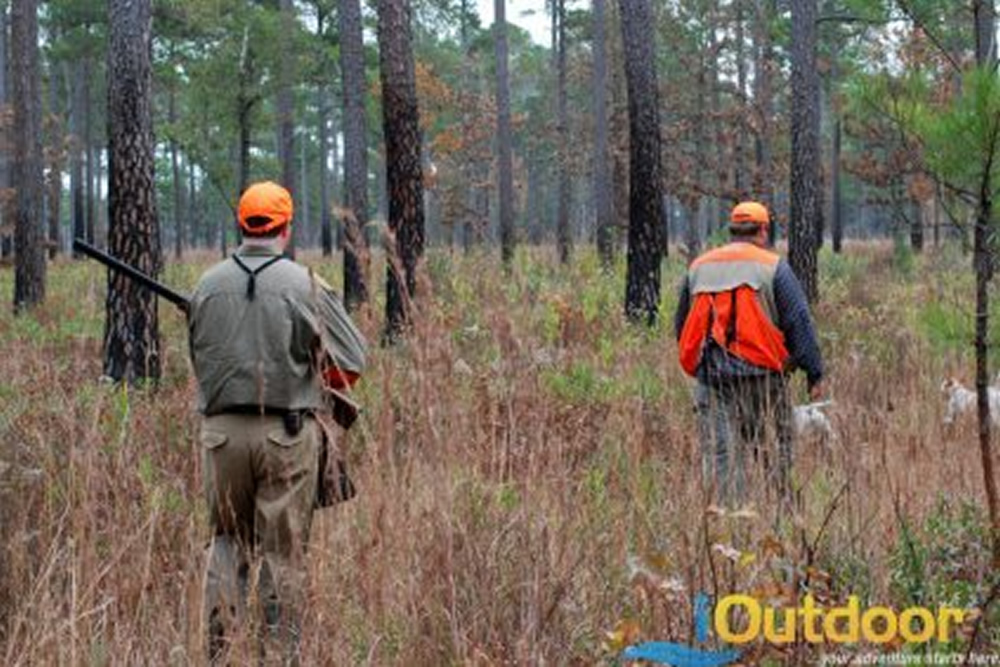Bee Sting What to DO
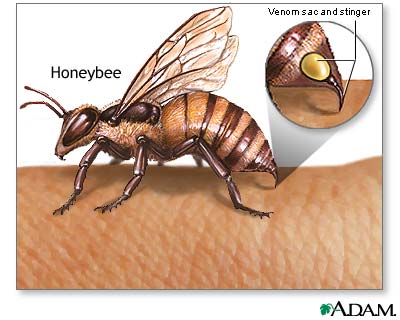 Bees may look cute but they can be deadly or can cause you much pain. The best piece of advice when it comes to dealing with bees is to get away from them as fast and as soon as possible while outdoor. Moreover, if one manages to sting you, the more you should hasten to get away from the area. Bees release signals to call for other bees, so if one bit you, reinforcements are likely on their way, too.
Bees may look cute but they can be deadly or can cause you much pain. The best piece of advice when it comes to dealing with bees is to get away from them as fast and as soon as possible while outdoor. Moreover, if one manages to sting you, the more you should hasten to get away from the area. Bees release signals to call for other bees, so if one bit you, reinforcements are likely on their way, too.
Bees are common in the outdoors and you should use caution when doing outdoor activities. There are many species in the outdoors that have a defense, some on land, and some in the water like the jellyfish for example.
How to Treat Bee sting
- Remove the stinger. Bees leave a stinger that contains venom. Take the stinger as quickly as you can. It is advisable to scrape it from the skin because pulling it out can release more venom but if you find this difficult to do, better pull out the stinger than risk getting a more severe reaction.
- Wash the area. The area stung by the bee will usually swell and have reddish coloration. Wash it carefully with soap and water. Do not rub.
- Apply a cold compress. A cold pack wrapped in a cloth can help alleviate the pain. This can also slow down the action of the venom. Press the cold pack gently unto the affected area for a few minutes. You can also make a paste out of baking soda and water which you can then apply to the affected area for about 15 to 20 minutes.
- Relieve the pain and itch through medication. A bee sting can itch and hurt a lot. You can use a topical cream or household ammonia to relieve the itch while you can take acetaminophen for the pain. You can also drink antihistamine to prevent or cure an allergic reaction.
Hopefully, you have successfully made it through the Bee sting what to do phase and now starting to recover!


